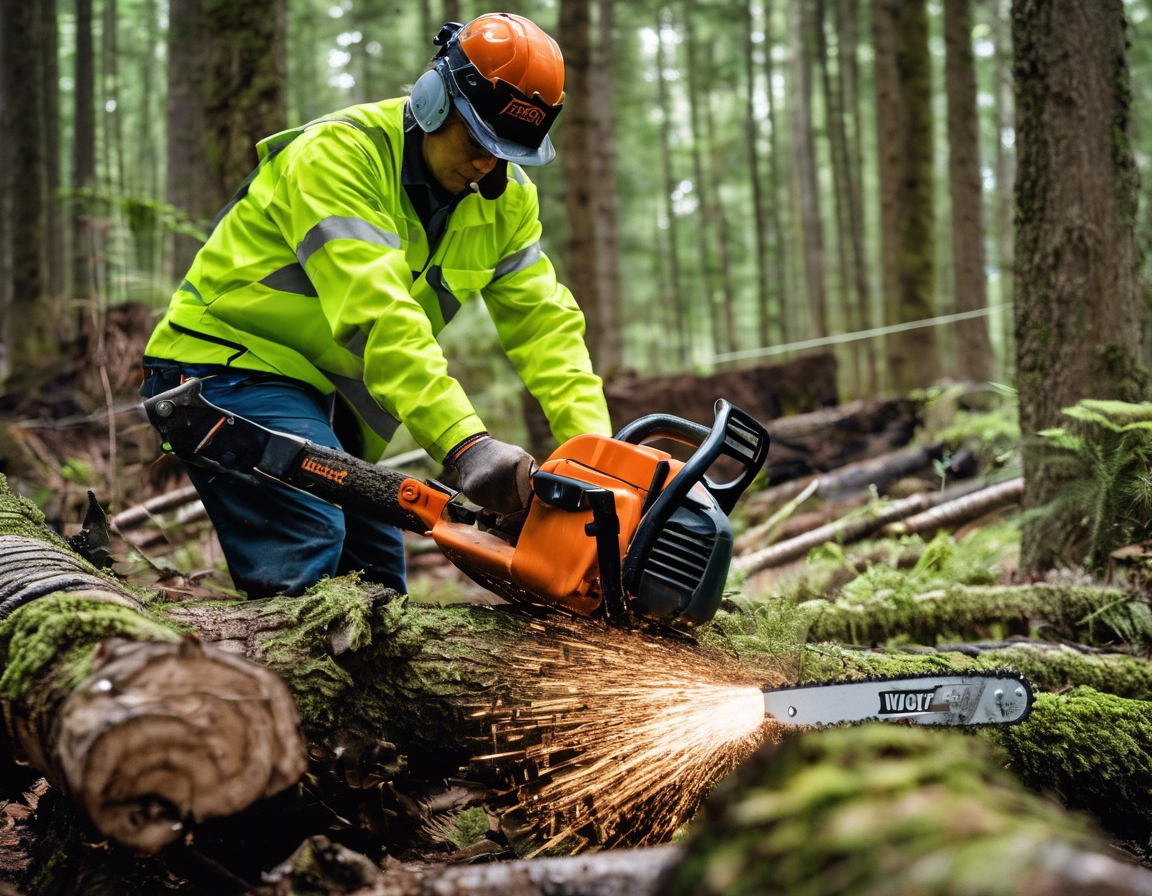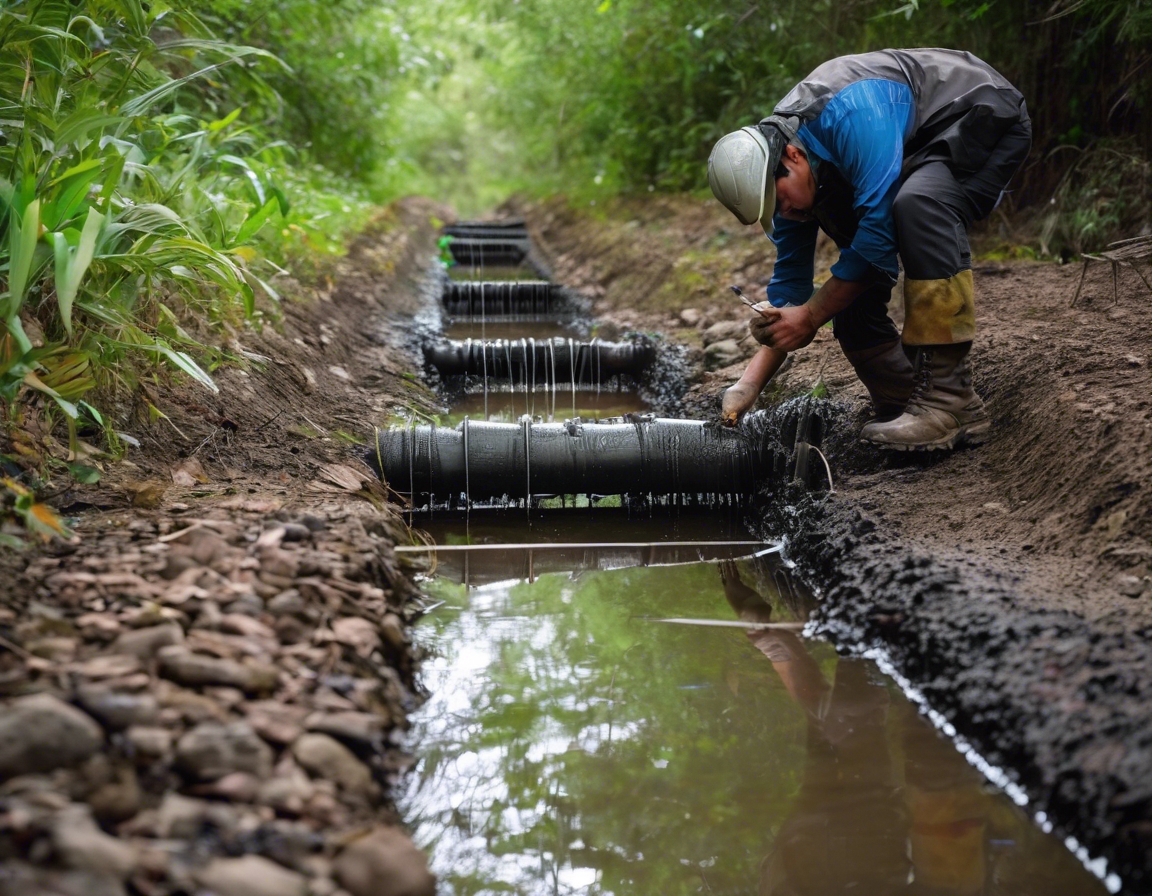The importance of forest maintenance for biodiversity
Forests are vital ecosystems that support a vast array of life forms. They play a crucial role in maintaining biodiversity, which is essential for ecosystem stability and resilience. Forest maintenance involves a set of practices aimed at preserving and enhancing the health of forest ecosystems, ensuring they continue to provide habitat for diverse species.
2. Understanding Biodiversity in Forest Ecosystems
Biodiversity refers to the variety of life forms within a given ecosystem, including plants, animals, fungi, and microorganisms. It is a key indicator of ecosystem health and resilience, enabling ecosystems to recover from disturbances and adapt to changes.
Forests are among the most biodiverse ecosystems on the planet. They provide habitat, food, and shelter for countless species, many of which are endemic and cannot survive elsewhere. Forests also contribute to genetic diversity, which is crucial for species adaptation and survival.
3. Key Practices in Forest Maintenance
Sustainable forestry involves managing forest resources in a way that meets current needs without compromising the ability of future generations to meet theirs. This includes selective logging, maintaining buffer zones, and ensuring regeneration of harvested areas.
Controlled burns, or prescribed fires, are used to reduce fuel loads, manage plant species composition, and promote the growth of fire-adapted species. These burns can help prevent larger, uncontrolled wildfires and maintain ecological balance.
Invasive species can disrupt native ecosystems by outcompeting local flora and fauna. Effective management includes monitoring, early detection, and removal of invasive species to protect native biodiversity.
Reforestation involves replanting trees in deforested areas, while afforestation refers to planting trees in areas that were not previously forested. Both practices are essential for restoring habitats, sequestering carbon, and enhancing biodiversity.
4. Challenges in Forest Maintenance
Climate change poses significant threats to forest ecosystems, altering temperature and precipitation patterns, and increasing the frequency of extreme weather events. These changes can affect species distribution and forest health.
Human activities, such as agriculture, urbanization, and logging, contribute to deforestation and habitat fragmentation. These activities reduce biodiversity and disrupt ecosystem services.
Finding a balance between economic development and conservation is a major challenge. Sustainable practices and policies are needed to ensure that forests continue to provide economic benefits while preserving biodiversity.
5. The Role of Stakeholders in Forest Maintenance
Government agencies play a critical role in forest conservation through policy-making, regulation, and enforcement. They can implement programs that promote sustainable practices and protect biodiversity.
Forestry companies are key players in implementing sustainable practices. By adopting responsible harvesting methods and investing in reforestation, they can contribute to forest health and biodiversity.
Landowners and local communities are essential partners in forest maintenance. Their involvement in conservation efforts and sustainable land management practices can significantly enhance biodiversity and ecosystem resilience.






Comments (0)